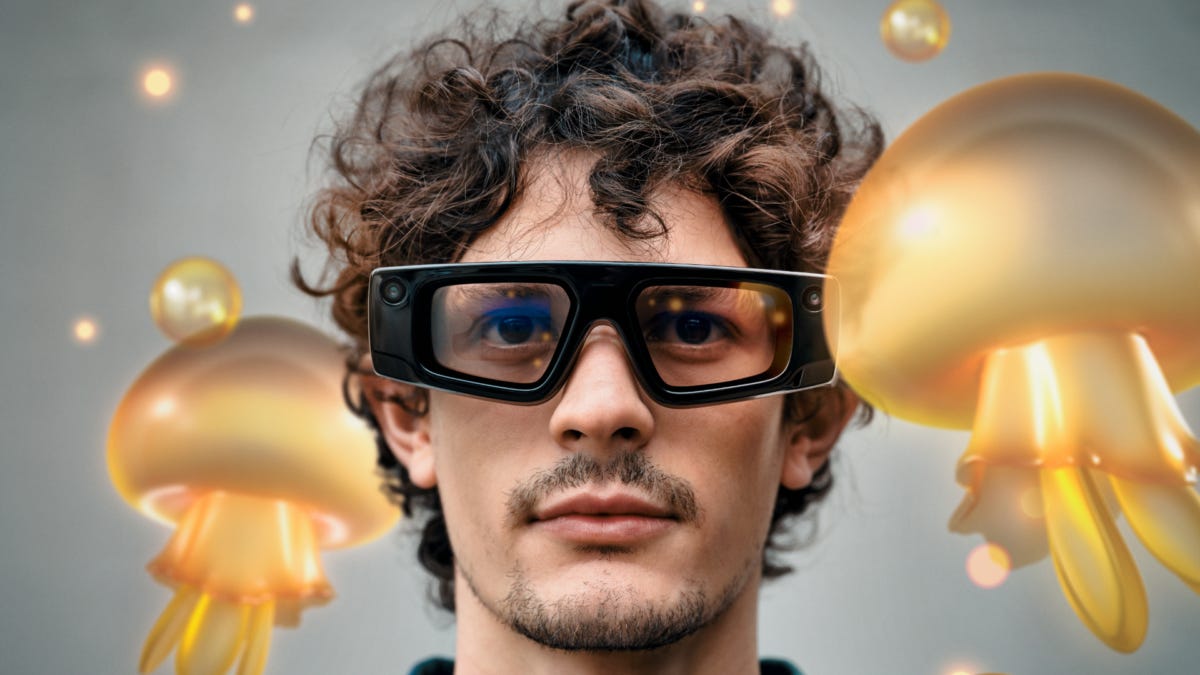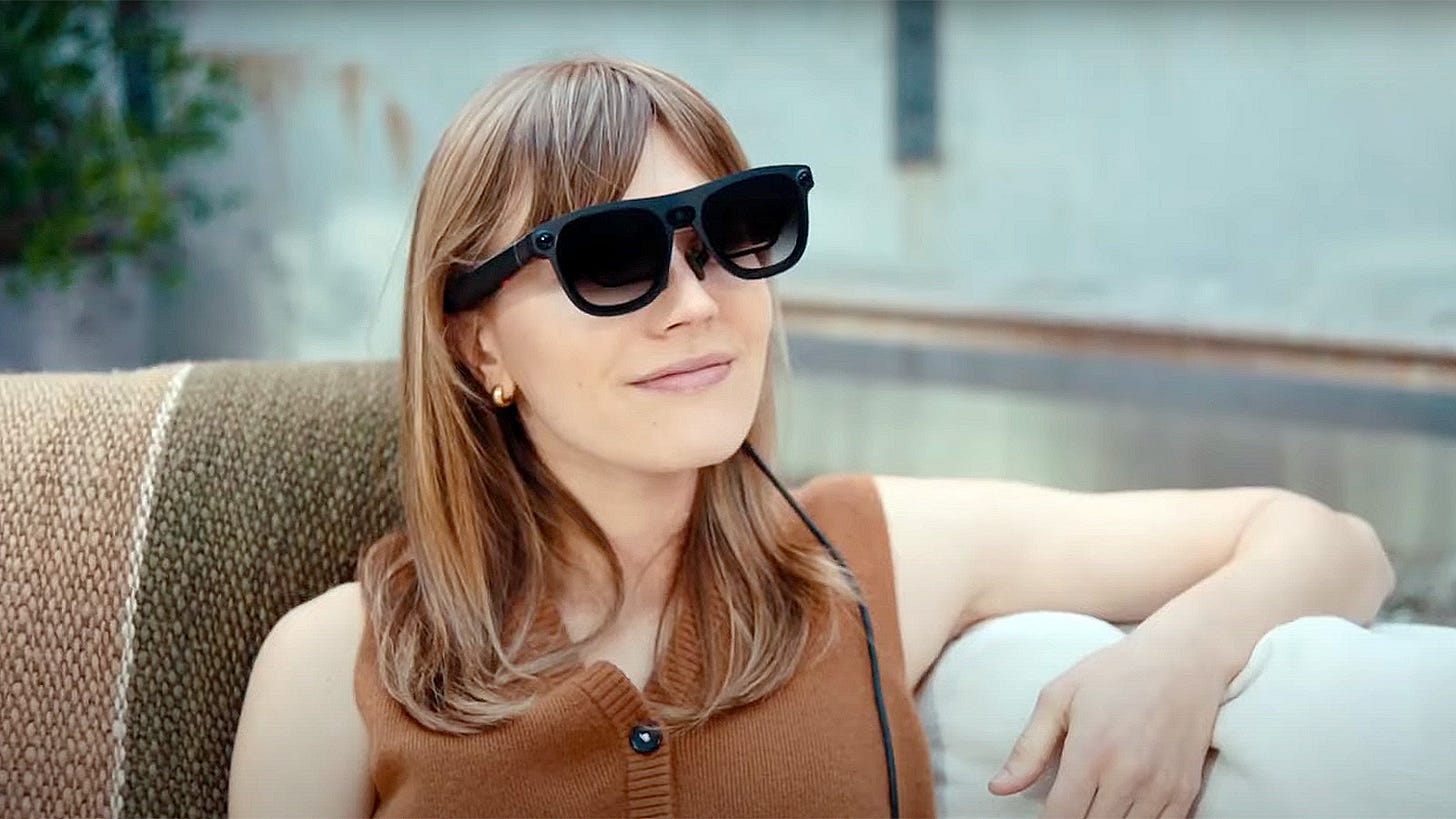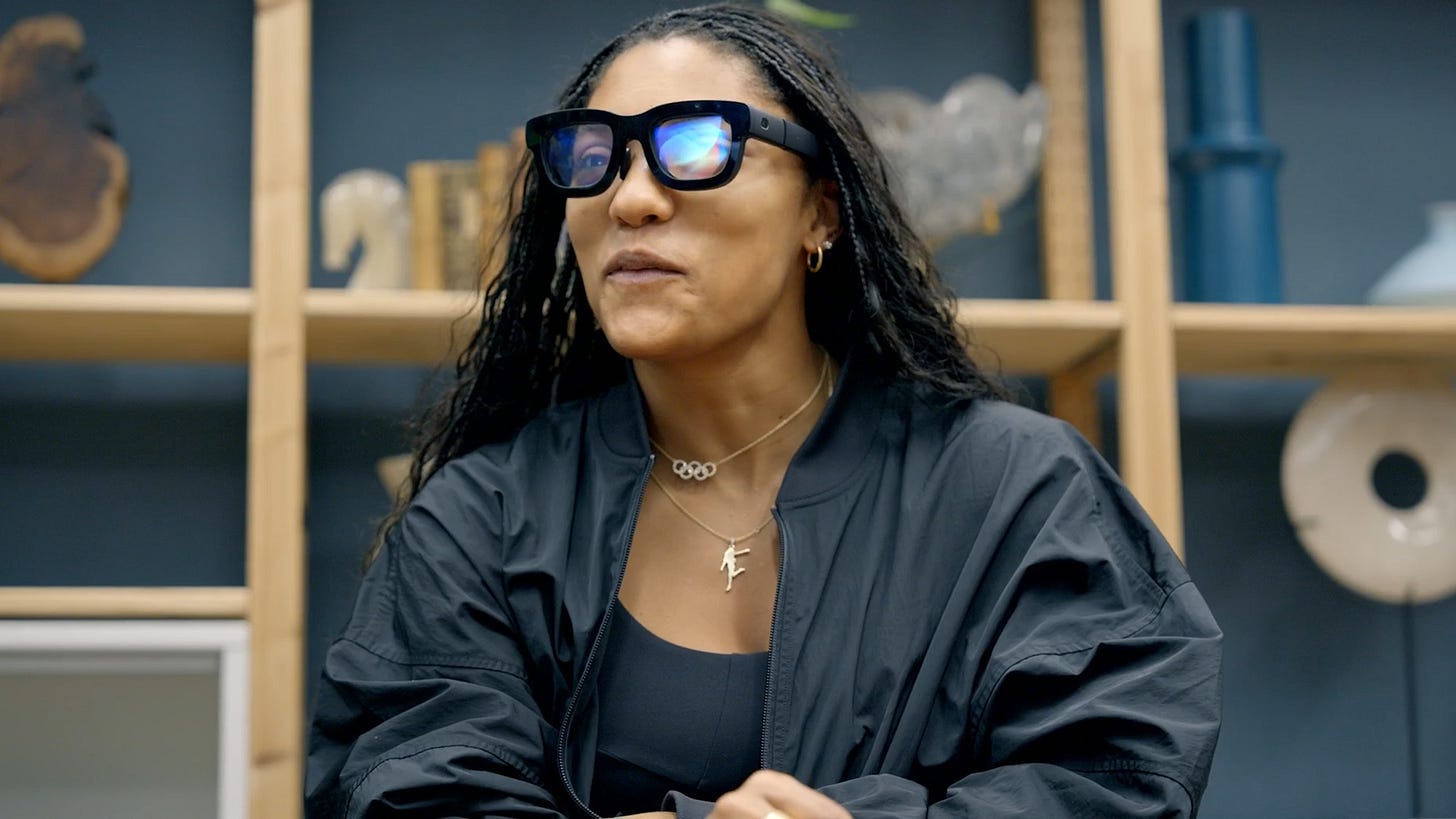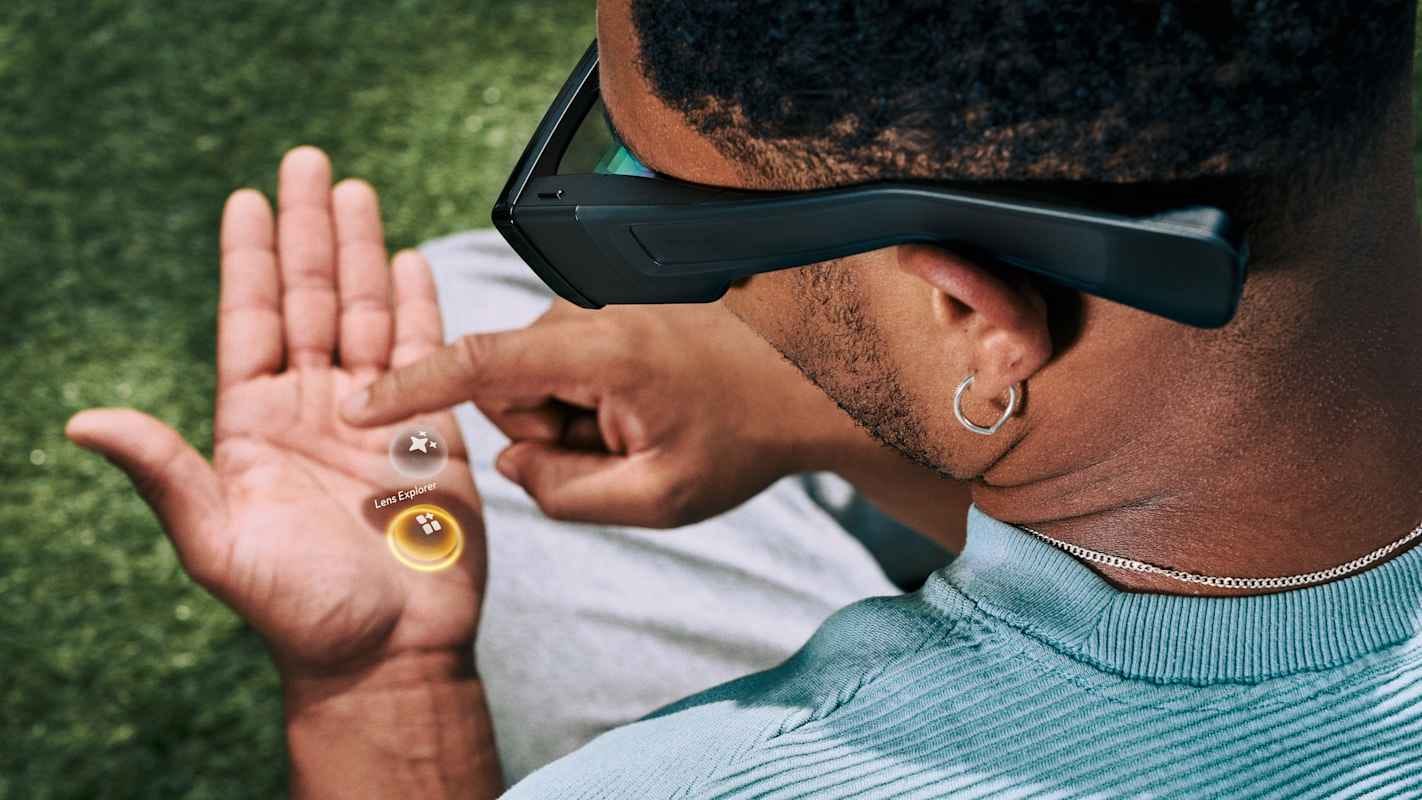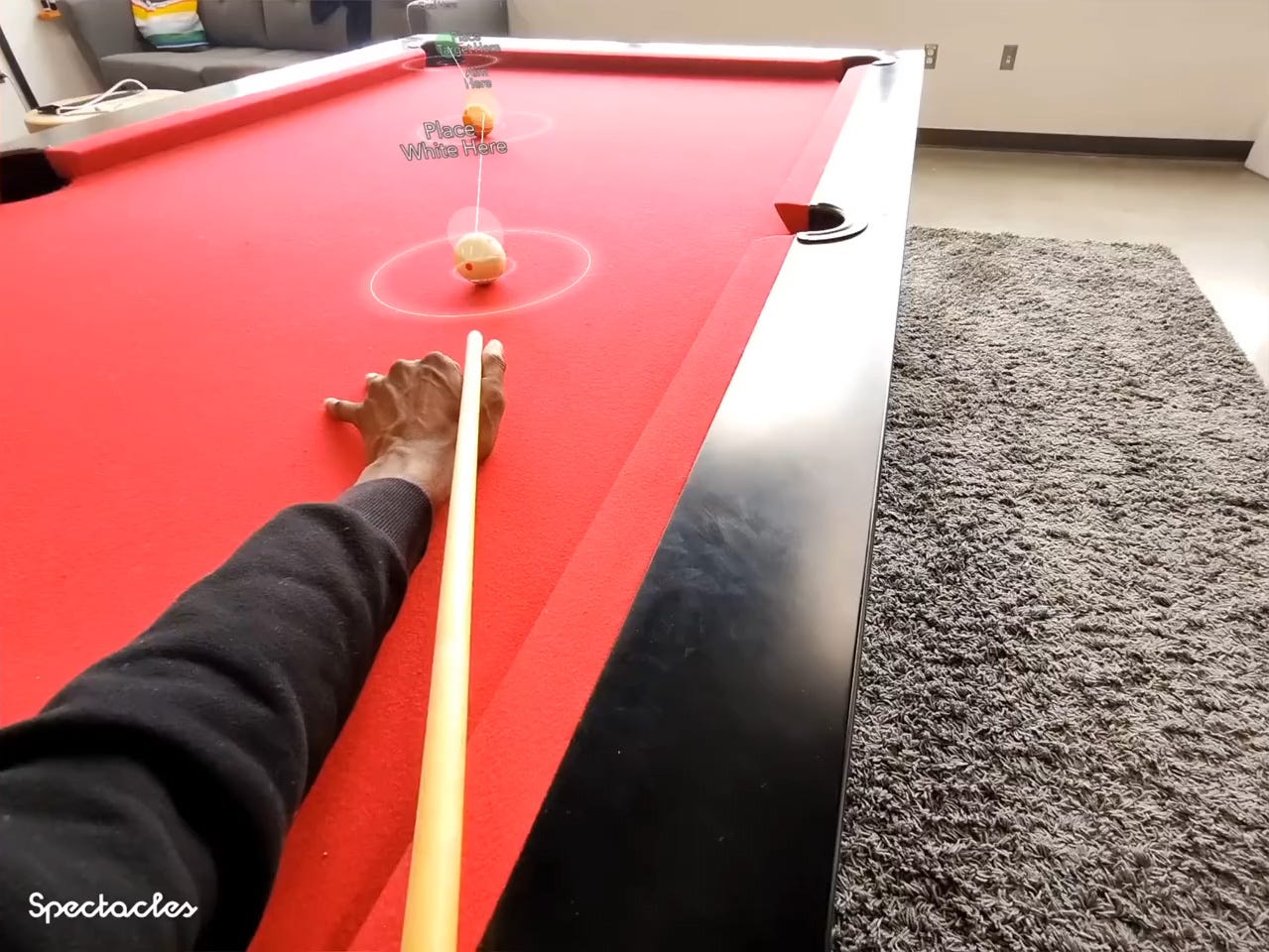The AR wearables space is moving faster than most of us can keep track of. For our own sake and anyone else’s, we thought we’d try to line up what we’re seeing out there right now.
For product developers like us, considering where to place your bets keeps getting more complex. But on the flip side, this is to our benefit because it means the market for products is expanding.
As Andy Fidel notes in her analysis of Google's I/O announcements, “We believe there's not a one size fits all for XR, and you'll use different devices throughout your day." This represents a significant shift from the industry's earlier ‘one device to rule them all’ mentality.
Google's Android XR platform exemplifies this new approach. Different contexts need different solutions.
For anyone building applications or experiences for these devices, the challenge isn't just technical, it's strategic. Which platforms will have the developer tools, user-base, and longevity to make development worthwhile?
The glasses are getting smarter. More importantly, the companies making them might be getting wiser about what we actually want from wearable technology.
Current AR Wearables Landscape
Available Now
Meta Ray-Ban Stories/Smart Glasses - Consumer available, camera + audio focus + AI
Snap Spectacles Gen 5 - Dev kit only, full AR with hand tracking + AI
XREAL Air series - Consumer-focused, display glasses for phones/computers
Pico 4 Enterprise - Business-focused, closer to a Quest, AR capabilities
Coming Soon
Samsung Project Moohan - Android XR headset, Gemini AI
XREAL Project Aura - Android XR, tethered with birdbath optics + Gemini AI
In Development
Meta Orion - Concept only, full holographic AR with waveguide optics + Meta AI
Google Android XR glasses - Partnerships with Gentle Monster & Warby Parker
Apple Smart Glasses - Reports suggest late 2025/2026 release, competing with Meta Ray-Bans
Various Android XR partners - Kering Eyewear and others announced (Gemini AI-powered)
There are other devices worth looking up: the Rokid AR Spatial, RayNeo X3 Pro, Thunderbird V3 AI, Halliday, and the INMO Go2 & Air glasses for example.
As Scott Hayden mentioned in this article on RoadToVR, some devices like the XREAL's Project Aura uses birdbath optics rather than the more expensive waveguide approach seen in other devices. This typically means brighter displays and wider field of view, but bulkier form factors. It's a practical trade-off that reflects different priorities, performance and cost versus sleek design.
Platform fragmentation offers us both an opportunity and a challenge. Android XR promises unified development across different devices, while Meta's ecosystem spans from basic smart glasses to cutting-edge AR prototypes. Snap's Spectacles offer perhaps the most mature AR development environment today thanks to Lens Studio, even if limited to developer access.
Recent reports suggest Apple is also accelerating its timeline, with Bloomberg indicating the company plans to release smart glasses by late 2025 or 2026 to compete directly with Meta's Ray-Ban products. This would add another major platform to an already complex landscape, though concerns remain about Apple's AI capabilities compared to Google's Gemini and Meta's Llama platforms.
The strategic question for us isn't just which devices will succeed, but which development approaches will prove sustainable. Building native AR experiences requires deep platform knowledge and ongoing maintenance as hardware evolves. Cross-platform approaches might offer broader reach but potentially compromise on device-specific capabilities.
What's encouraging is seeing a focus on developer tools and partnerships rather than just hardware specs. The success of these platforms will ultimately depend not on technical capabilities alone, but on the development of compelling experiences that users actually want to use daily. We're finally at a point where the hardware constraints are becoming less limiting than our collective imagination about what these devices should do.
Watch Marques Brownlee review the Snap Spectacles, featuring our Pool Assist Lens
Read more about our experience testing out the Snap Spectacles when we visited SNAP HQ last Autumn.
Spectacles Gen5
Last week Liam was in Los Angeles to visit Snap HQ and participate in both LensFest and the annual Lensathon. Snap revealed a lot of their recent focus has been the new Spectacles, which were shared at the event. We got to take away a pair of Snap’s new wearable AR device. Here’s some thoughts from him after trying it out.



